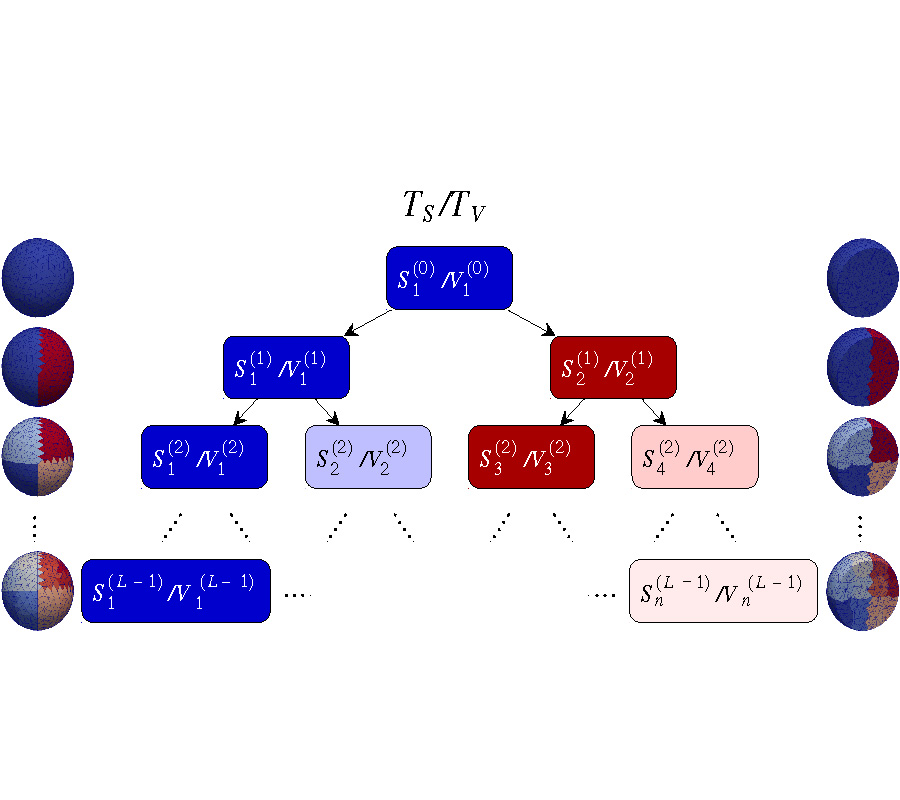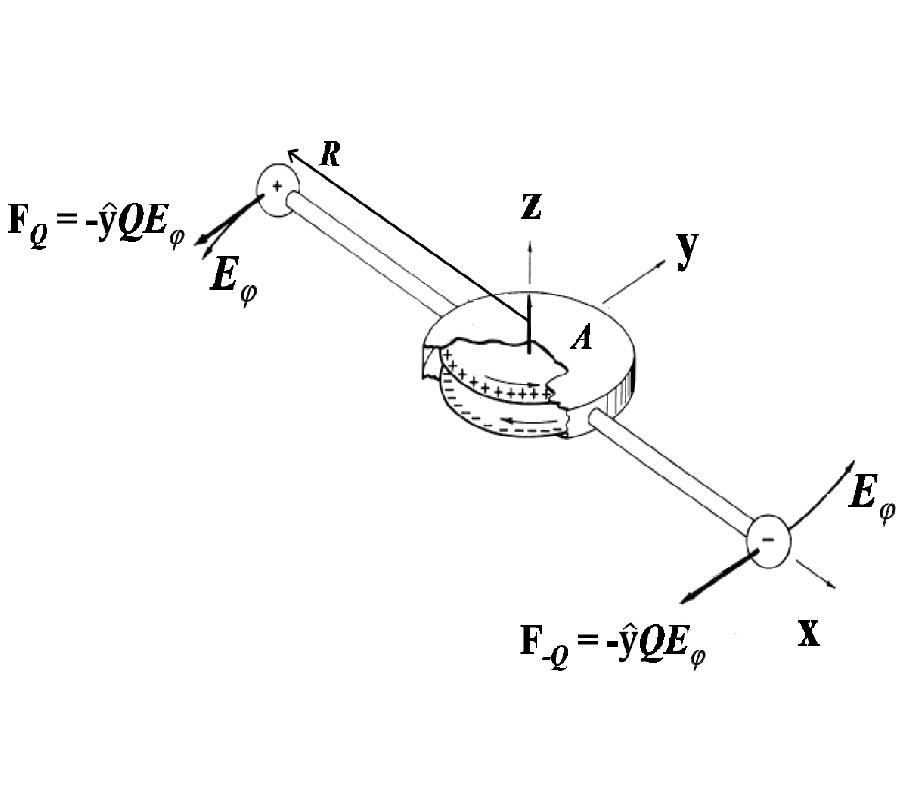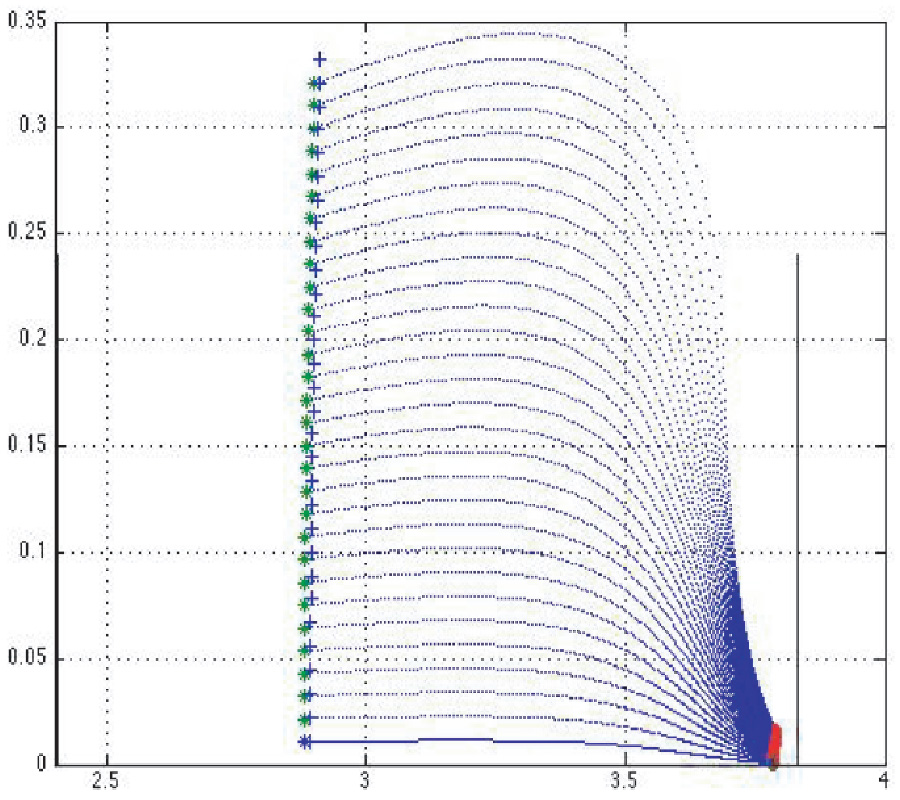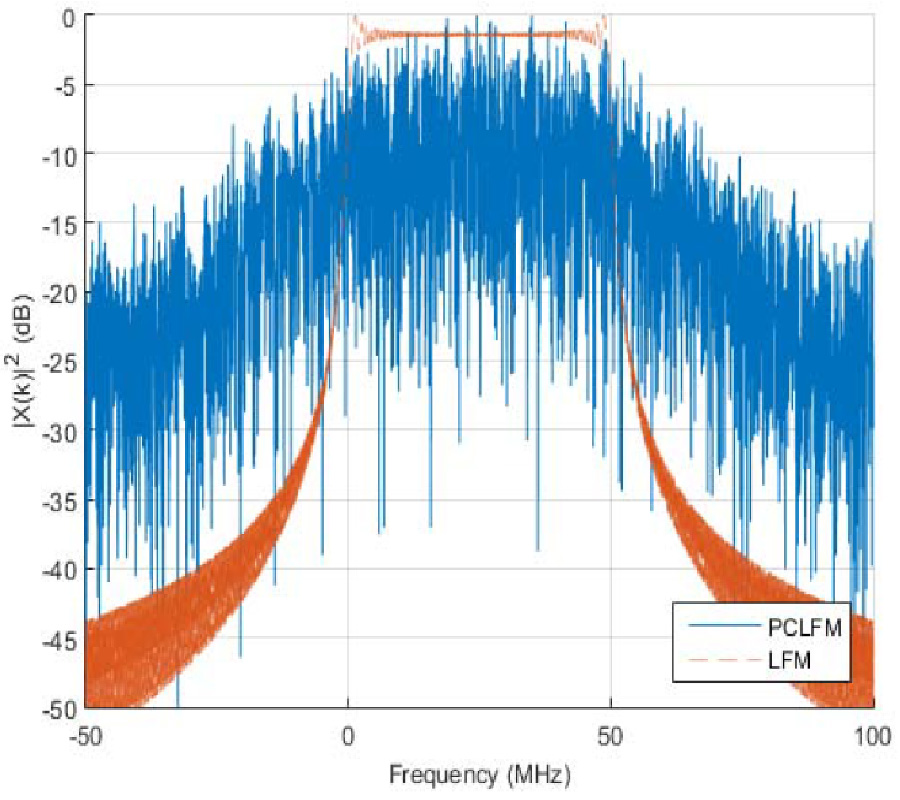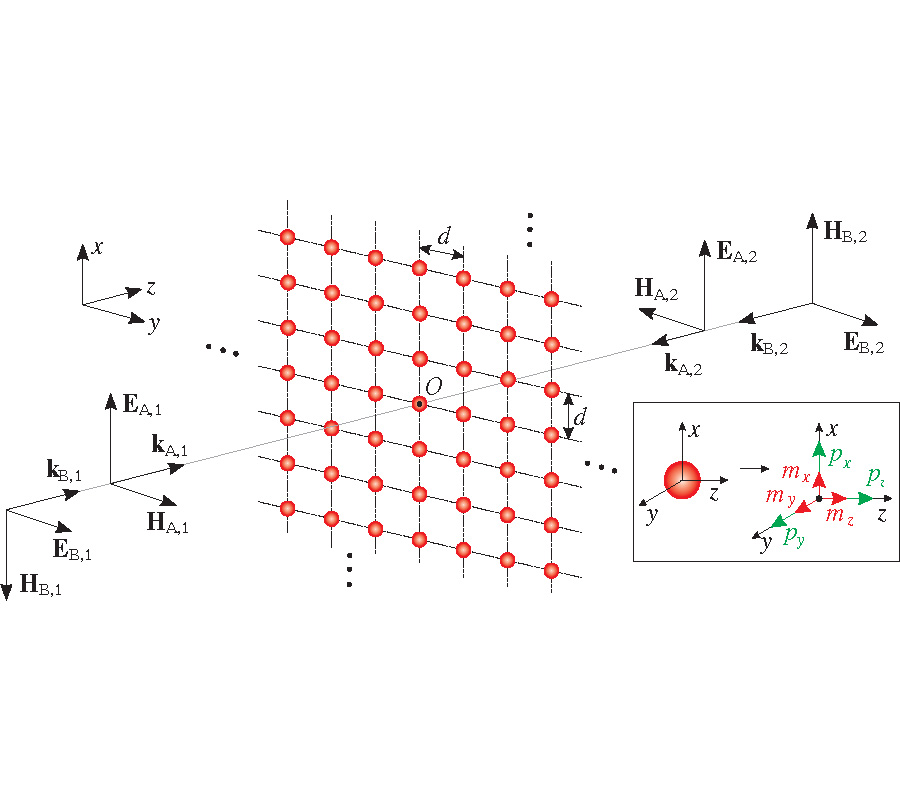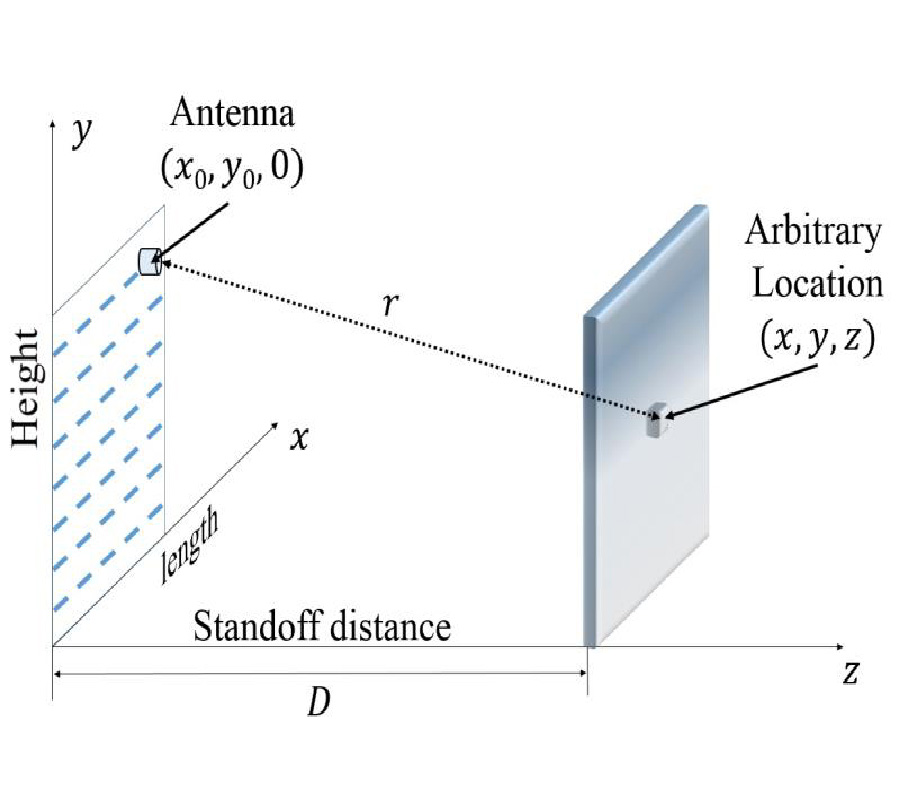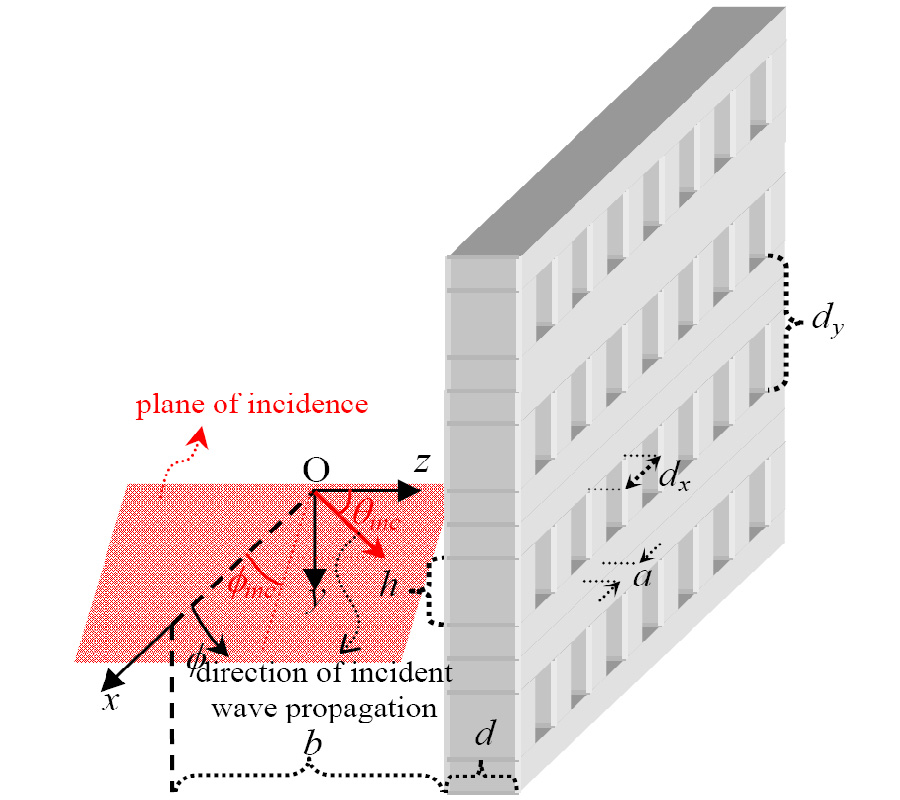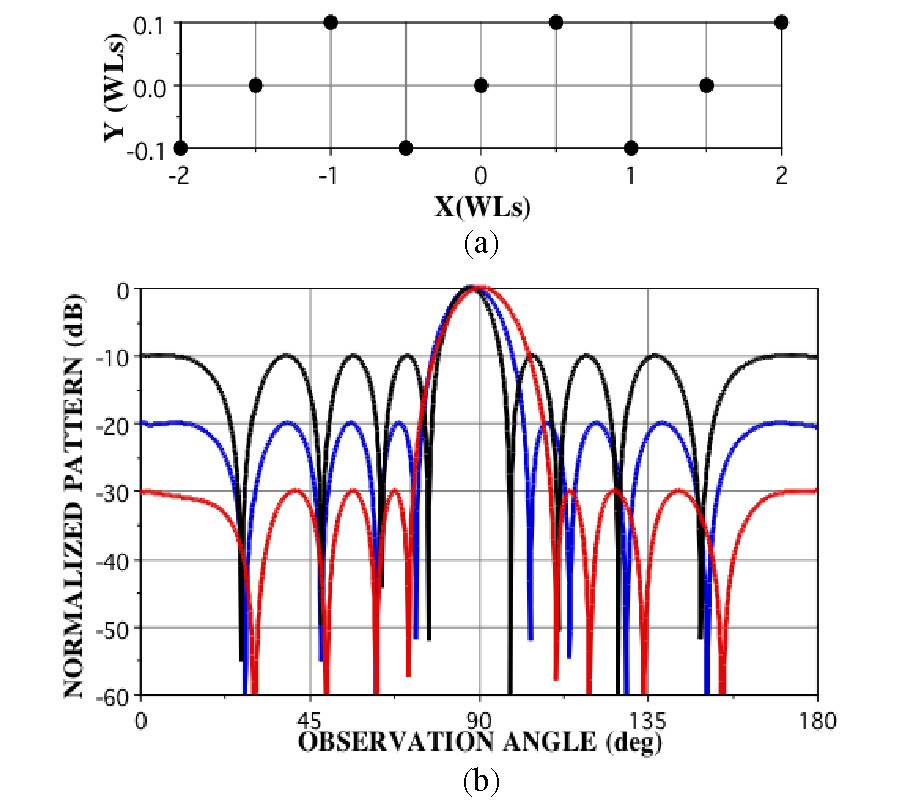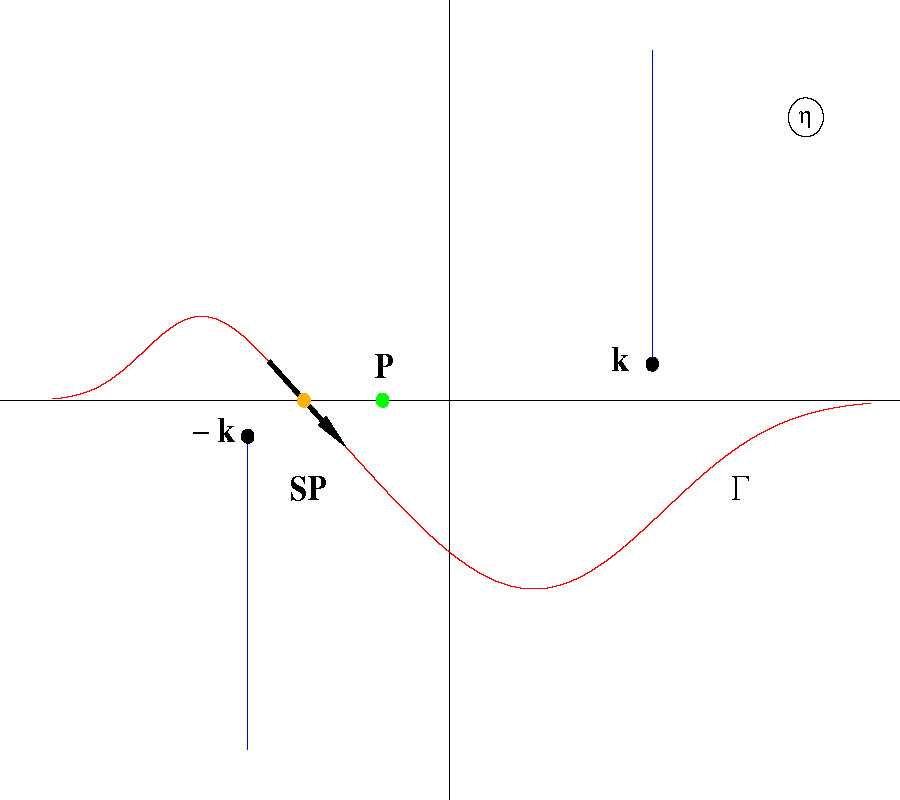Dielectric Slab Reflection/Transmission as a Self-Consistent Radiation Phenomenon
Jan Alexander Grzesik
We revisit the standard electromagnetic problem wherein wave propagation within a uniform, lossless dielectric is interrupted by a dissipative slab of finite thickness. While such a problem is easily solved on the basis of interface field continuity, we proceed to treat it here under the viewpoint of radiative self-consistency, with effective current sources resident only within the slab interior and gauged by ohmic/polarization parameter comparisons against those of the reference, exterior medium. Radiative self-consistency finds its natural expression as an integral equation over the slab interior field which, once solved, permits a direct, fully constructive buildup, both up and down, of the reflected/transmitted field contributions, without any need for ascertaining such quantities implicitly via the enforcement of boundary conditions. The persistent cadence of solution steps in such integral-equation problems asserts itself here, too, in the sense that it leads, first, to an exact cancellation, left and right, of that interior, unknown field, and second, that it brings in still other contributions of a reference medium variety, of which it is required that they, and only they, balance the incoming excitation. Balancing of this latter sort provides indeed the linear conditions for slab field determination. The two-step solution pattern thus described may be regarded as a manifestation at some remove of Ewald-Oseen extinction, even though the analytic framework now on view differs fundamentally from proofs elsewhere available. We go on to solve the several balancing equations by direct, vector manipulation avoiding all recourse to large, unwieldy determinants, and then offer a partial confirmation by exhibiting a canonical, boundary value counterpart in the special case of perpendicular incidence. Following all of this, in an appendix, we allow the receptor, downstream half space to differ from that wherein the excitation had been launched and which continues to serve as the reference medium. Effective currents are now found not only within the slab proper, but also throughout an entire half space, necessitating a suitable generalization of the underlying integral equation, and a provision, during its solution, of cross-talk, both up and down, between slab and the half space now contributing as a radiation source. We provide in this appendix a fairly accelerated presentation of these generalized features, but with all logical details nevertheless fully displayed in plain view. The integral equation radiative self-consistency method is, to our way of thinking, physically far more satisfying than the prevailing method of scattered fields guessed as to their structure and then fixed by boundary conditions. Its analytic themes, moreover, are far, far more elegant.
